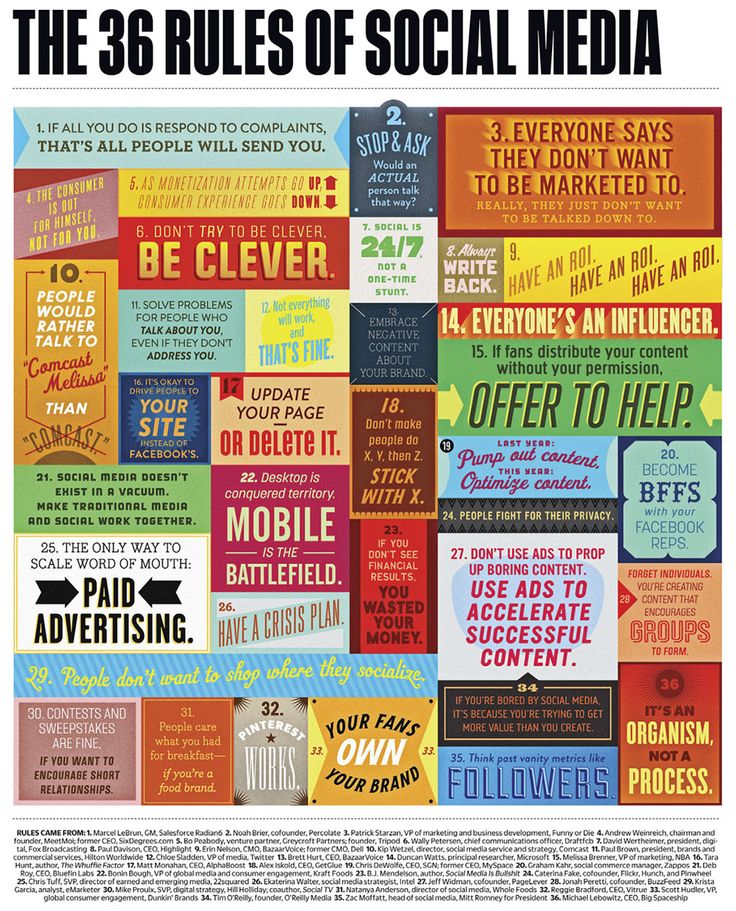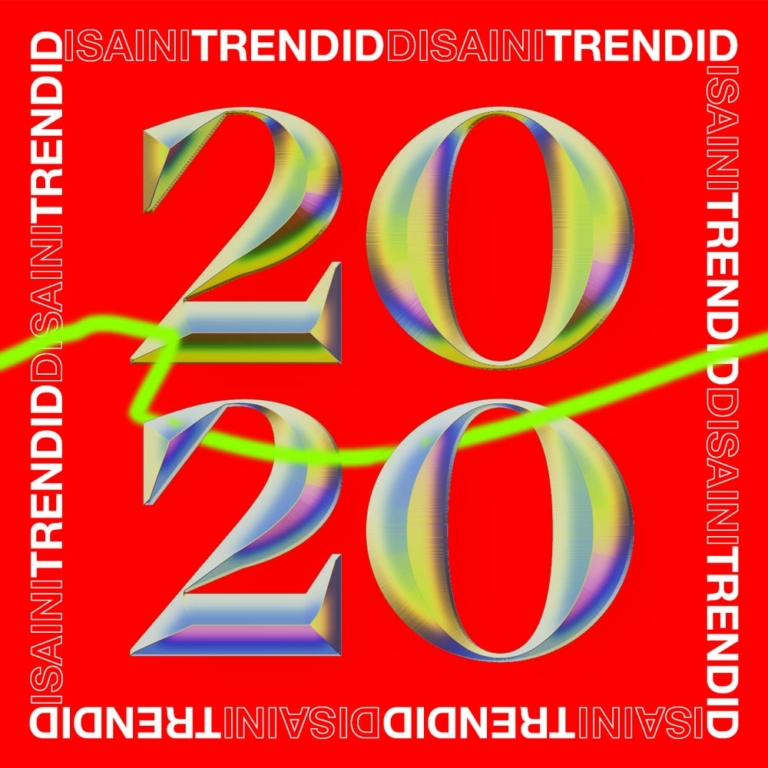Today I would like to write a little bit about inbound and outbound marketing strategies.
In the last few years the traditional marketing channels – such as print media, radio and even TV commercials – have proven to be not only inefficient, but even damaging to the overall aims of a marketing strategy and brand creation. In a society where social communication channels abound and are populated mainly with user-generated content, open commentary and feedback about products and services as well as client recommendations have a profound influence on consumer behaviour. As an ever-growing number of companies are starting to realise this, the importance of inbound marketing strategies have shot up dramatically.
What does it mean? Instead of sending your potential customers unwanted and annoying spam (flyers in the post, spam emails, cold calling etc), companies are creating interesting and useful content for their target group. They are also working on strengthening their brand via blog posts, social media (Facebook, Twitter, Pinterest) and other value adding activities in order to earn the custom and loyalty of their clients. In an environment where the customer is in good control of the information streams they receive, the old fashioned marketing strategies no longer work and can even damage your brand (and sales!). By outbound advertising we mean one-way advertising, where all the content is channeled via the marketer without any informative or relevant content to the user. In Estonia the above-mentioned social media based marketing channels are only beginning to be exploited properly, with Facebook and Twitter being the best known and most used to date. Pinterest and Instagram are also being increasingly more used. When operating under outbound marketing strategies one has to pay for advertising space on a billboard or on TV/ radio – which is very expensive – then the best thing about inbound marketing channels is that they are completely free – you just have to know hot to best use them to your advantage.

Marketing Governance has created an excellent infographic here. Their facts say that a staggering 84% of 25-35 year olds have left their favourite website because of intrusive advertising (banners, pop-ups). Almost half of the flyers distributed via post go straight in the bin without ever being read. Thanks to the possibility of recording/ pausing/ fast forwarding live TV it has become increasingly easier to not watch adverts at all – an astonishing 86% of people never do.
The world of marketing has changed quite dramatically with the advancement of the World Wide Web and continues to adapt as new trends emerge and consumer patterns develop. Who knows what the process and strategies look like in, say, 20 years’ time? Til then, it seems to be clear that our customers are relating to and connecting with our brand and products in a wide variety of ways – if we want to get through to them then the old fashioned days of bleating the same message from various channels and hoping it will stick are well and truly over.
Image from our Pinterest infographics page.

